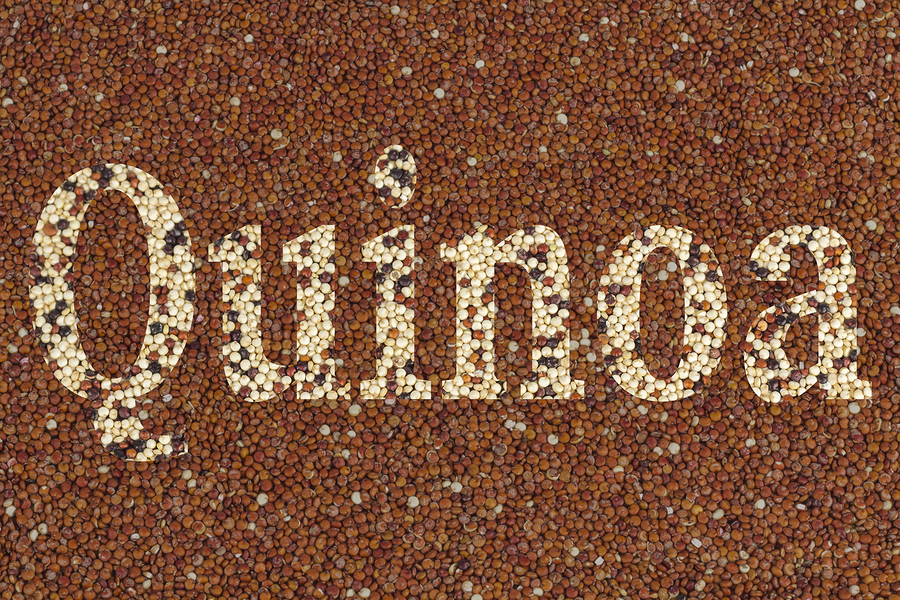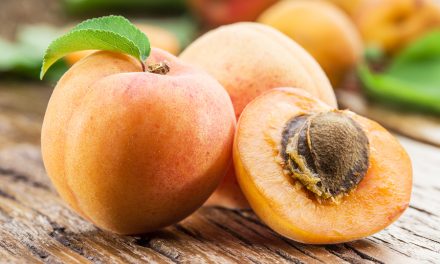Quinoa, Magnesium And Belly Fat
Quinoa is an amazing vegetable seed which packs a powerful punch. While people often mistake it as a gluten-free grain, it’s more closely related to beets and spinach and is a complete vegetable protein which offers all 9 essential amino acids. If you haven’t ever tried this delicious, nutty-tasting beauty, perhaps it’s time!
Many vegans and vegetarians have long used rice and beans as a complete protein source but that only happens when they are eaten together. The reason for this is that most grains don’t have the amino acids lysine and isoleucine, and therefore must be eaten with a legume to become “complete.” However, our friends at Life Spa remind us that, “Quinoa, which has been a staple in South America for 4000 years, is a low-fat, high-fiber, super high-protein, low-glycemic index, vitamin-, mineral-, and nutrient-packed seed.”
Quinoa is higher in fat than wheat or other grasses but it’s the type of fat that makes it a better alternative; it contains both oleic acid, a heart-healthy monounsaturated fat(found in olive oil) and alpha-linolenic acid(or ALA), a heart-healthy omega-3 fatty acid. However, researchers are even more excited about what it does for those with blood sugar issues.
As a low-glycemic food, its high fiber content allows it to help slow the absorption of other sugars from the digestive track and this puts less blood sugar stress on a body- especially a diabetic body. It’s also more satisfying and helps people to feel full longer than wheat or rice and that means less overeating.
Quinoa is a natural antioxidant(high in alpha, beta and gamma forms of vitamin E, polyphenols, and flavonoids), an anti-inflammatory food, is loaded with vitamins, minerals, fiber, protein, and heart-healthy fats and should be considered a staple for any vegan or vegetarian. It is also high in magnesium(which helps you sleep, regulates muscle and nerve function, maintains blood sugar levels and blood pressure, and helps make protein, bone, and DNA), is a low-glycemic food and helps to maintain a feeling of satiety(feeling full). With all this new info, all that’s left is for you to make some to enjoy! Here are some simple instructions:
- Rinse your quinoa for a couple of minutes and then use a fine strainer to separate any leftover skin.
- Add 2 cups of water to 1 cup of quinoa and bring to a boil. You can also substitute the water for a vegan or vegetarian broth. That will give your quinoa a bit more flavor.
- Cover it, turn the heat to low, and simmer for 15 minutes.
- Once it’s done, strain the cooked quinoa again through the fine strainer (it can hold a lot of water).
- Return the quinoa to a warm pot and sit without heat for 15 more minutes. This ensures that you get fluffy and light quinoa, rather than wet, clumpy quinoa.
- After that, the skies the limit! Enjoy it in place of breakfast oatmeal, on hot or cold salads and in the place of rice.
XO-Erin
Source: Life Spa












